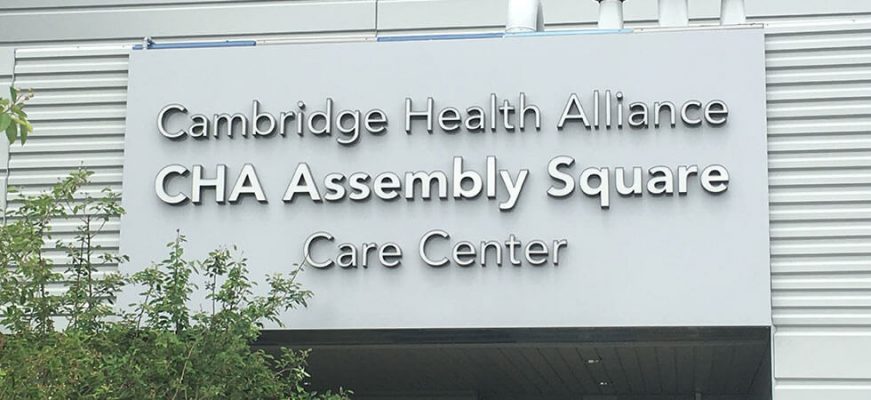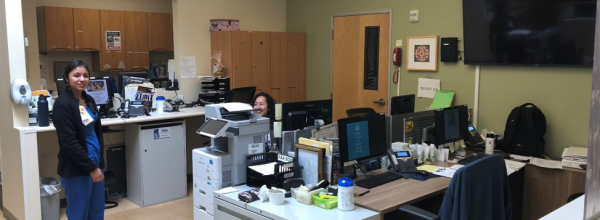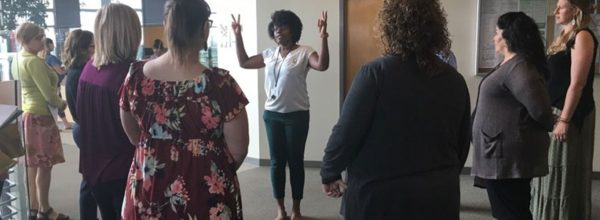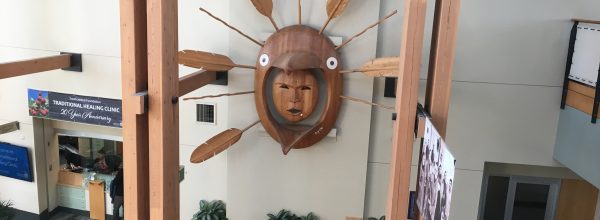As part of our Population Health Learning Network, we’ve been crisscrossing the country on “site visits” to learn from organizations that are experts in population health management. The goal is to inspire our teams, but also help them better understand the strategies and ideas that will advance their own work.
This week, we visited to Cambridge Health Alliance in Somerville, Massachusetts. Here’s what I learned:
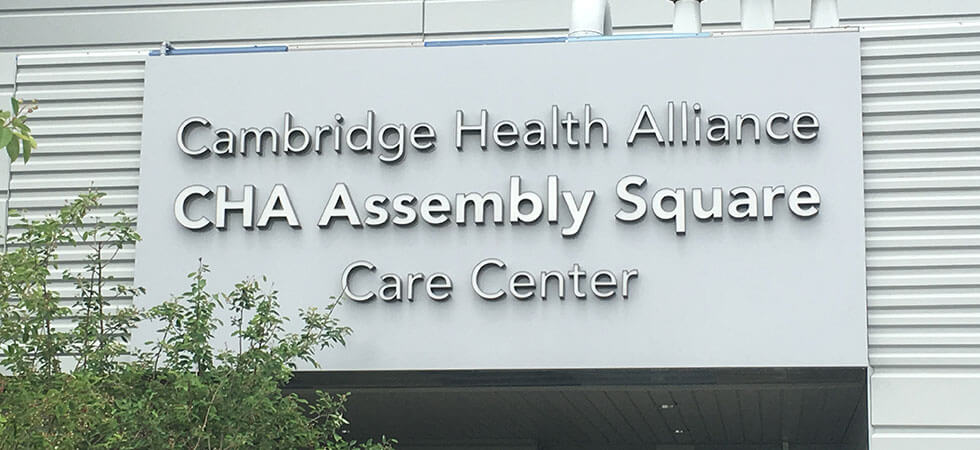
1. Physician assistants are part of the core team and co-location is essential.
At Cambridge Health Alliance (CHA), the core team includes a physician, physician assistant, nurse, medical assistant, receptionist and a licensed practical nurse. CHA almost tripled their panel sizes by adding the physician assistant.
The physician assistant co-manages the panel with the physician. Work is not divvied up by what the physician assistant can and cannot address. Instead, when patients call, they are asked who on the care team they want to see. Care team members are easy to identify, as all patient materials include photos and descriptions of everyone on their care team.
Every core team has a full-time physician assistant. The core team are co-located and according to Dr. Kirsten Meisinger, the medical director at CHA’s Union Square site, said, “co-location is the best thing.”
2. Pharmacists are critical care teams extenders.
CHA serves about 118,000 patients. They have 18 pharmacists and three technicians to provide pharmacotherapy services (in addition to the pharmacists and technicians providing outpatient pharmacy services like filling prescriptions, etc.).
Physicians often refer patients to pharmacists, who are seen as critical care team extenders. For instance, we heard from one physician that patients with complex medication regimens are prime candidates for this type of referral. That’s because CHA pharmacists are seen as “medication specialists” — experts physicians go to for help. Pharmacists can provide drug therapy monitoring, individualized drug therapy counseling, and chronic disease management.
Initial visits are about 60 minutes and follow-up visits are between 15 and 30 minutes. These pharmacists get around 400 to 500 new referrals in any given quarter.
3. Participating in an ACO can drive care transformation throughout an organization, despite the ACO population being only part of the patient mix.
CHA told us that its participation in the accountable care organization (ACO) program required it to report and monitor a prioritized group of clinical, operational, and financial measures.
The only way to improve measures is to make changes in your system. CHA staff mentioned Plan–Do–Study–Act (PDSA) in every other sentence, as they described their approach to change. They also track their PDSA cycles through Google documents, so the various sites can also document their learnings and share them more broadly across the organization.
Although they started many of their pilots with their ACO population, it wasn’t long before they figured out a way to extend processes (and make the money work!) to the entire population. It was great to see how many care processes were part of the everyday work. Examples of care processes started in their ACO population, but the expanded (or is currently in the process of expanding) to the entire population, include:
- Screening for social determinants of health using CHA’s screening tool, Connect-S,
- Linking social determinants of health to diagnoses or a problem list in the electronic health record, and
- Running robust monthly data on ACO clinical, operational, and financial measures.
4. Population management is not centralized, but rather the responsibility of care teams at each site. Provider/care team continuity is essential to CHA’s care team model.
To support this, care teams have daily huddles (about 15 minutes) to review the schedule and do any necessary preparations before the visit. All this data is available to them through reports they directly pull from CHA’s electronic health record, Epic.
Team members have about two hours each week for outreach activities. Where panels aren’t full, they use time in between visits to do the outreach.
Each team member is assigned a disease state which is aligned with CHA’s prioritized measures (which tend to be from their ACO). Take, for example, cervical cancer screening. The team member will call patients who are due for cervical cancer screenings for their provider’s patients.
Continuity is big at CHA. Care teams are clearly defined, and the same team members (MA, RN, etc.) work with the same providers (MD and PA). There are weekly two-hour staff meetings where 30 minutes are used for “planned care.” This is about the team looking at their panel of patients and each week focusing on a different disease state/measure where they “work” that panel with clear action and next steps for the teams.
5. Acting on SDOH starts with building strong relationships in the community. It takes time.
At CHA, they have “patient resource coordinators” who:
- Stay informed about community resources, including who to contact, what services to provide, and how the services are working for patients,
- Are located at the clinic sites and in the community,
- Typically are hired from community-based organizations, so they have deep knowledge and relationships, and
- Are available to patients through patient consent or provider referral.
On CHA’s screening tool (S-Connect), there is a question at the end asking if the patient wants to connect with a patient resource coordinator. We met with Lisa, one of the coordinators, and she shared that the most important aspect of her role is building trust with the community-based organizations. She said that these relationships take years to build and she suggested a great way to start is to:
- Contact local anti-poverty agencies and get them in a room face-to-face, and
- Agree on an issue and start a task force!
Find this useful or interesting? We’re constantly sharing stuff like this. Sign up to receive our newsletter to stay in the loop.

